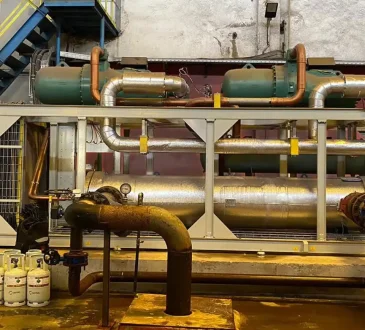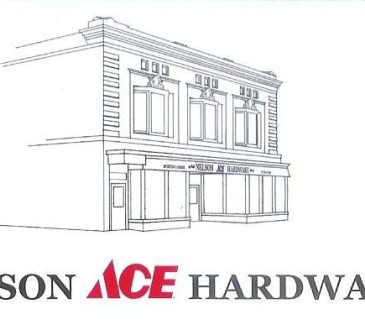
Woven screen mesh is a versatile and durable material that has become an essential component in various industries. This type of mesh is made by weaving strands of metal or synthetic fibers together, resulting in a grid-like pattern with evenly spaced openings. Woven screen mesh finds its application in numerous fields such as mining, agriculture, construction, and filtration.
The woven structure of the screen mesh provides excellent strength and stability while maintaining a high degree of flexibility. The size and shape of the openings can be customized to suit specific applications, making it easy to achieve precise filtering or screening requirements. Additionally, woven screens are resistant to corrosion and abrasion, which makes them ideal for use in harsh environments where other materials may fail.
Applications of Woven Screen Mesh
Woven screen mesh is a versatile material that has several applications in different industries. In the agricultural sector, it is used for crop protection and to keep pests away from plants. The mesh can also be used as a shade cloth to provide shade for delicate crops or to reduce the amount of direct sunlight on plants.
In construction, woven screen mesh is used as reinforcement for concrete structures. It helps to prevent cracks and increase the durability of the structures. The material is also useful in architecture, where it can be incorporated into facades and screens for decorative purposes.
Another application of woven screen mesh is in the manufacturing industry where it is used as conveyor belts, filters, and sieves. It provides a strong yet flexible surface that allows materials to pass through while retaining larger particles. Overall, woven screen mesh has numerous applications across various industries due to its strength, versatility, and durability.
Maintenance and Cleaning Tips for Woven Screen Mesh
Woven screen mesh is a crucial component in various industries, including mining, construction, and agriculture. It serves as a filter to separate solids from liquids or gases. However, over time, the woven screen mesh can become contaminated with dirt, debris, and other particles that can reduce its effectiveness.
To maintain and clean woven screen mesh effectively, there are several tips you should consider. First of all, it is important to regularly inspect the screens for any signs of damage or wear. If any damage is observed during inspection it needs to be repaired or replaced immediately.
Secondly, proper cleaning techniques should be followed to avoid damaging the delicate wires of the mesh. A soft brush can be used to remove dust and loose particles on the surface of the screen. When dealing with more stubborn contaminants such as oil or grease stains, use a mild detergent solution along with warm water.
Lastly, after cleaning, let the screens dry completely before reinstalling them back into service. Keeping your woven screen mesh free from debris will ensure that your equipment operates efficiently while reducing downtime caused by clogged filters, which will translate into cost savings over time.
Mesh Size, Material Strength, Temperature Resistance
Mesh size, material strength, and temperature resistance are crucial factors to consider when choosing woven screen mesh for industrial applications. Mesh size refers to the number of openings per inch in the mesh, which affects the filtration or separation capability of the screen. The finer the mesh size, the smaller particles it can filter or separate. However, a finer mesh also means less open area and higher pressure drop.
Material strength determines the durability and wear resistance of woven screen mesh against abrasion, impact, and corrosion. Various materials such as stainless steel, brass, bronze, and synthetic fibers offer different strengths and chemical properties that suit specific industrial needs. For instance, stainless steel offers high corrosion resistance while brass provides good electrical conductivity.
Temperature resistance is critical for applications involving extreme temperatures that could cause thermal expansion or contraction of woven screen mesh. Temperature can affect not only the mechanical properties, but also the chemical compatibility of materials used in making screens. Therefore, it is essential to choose a material that can withstand high temperatures without losing its structural integrity or reacting adversely with other substances present in the application environment.




